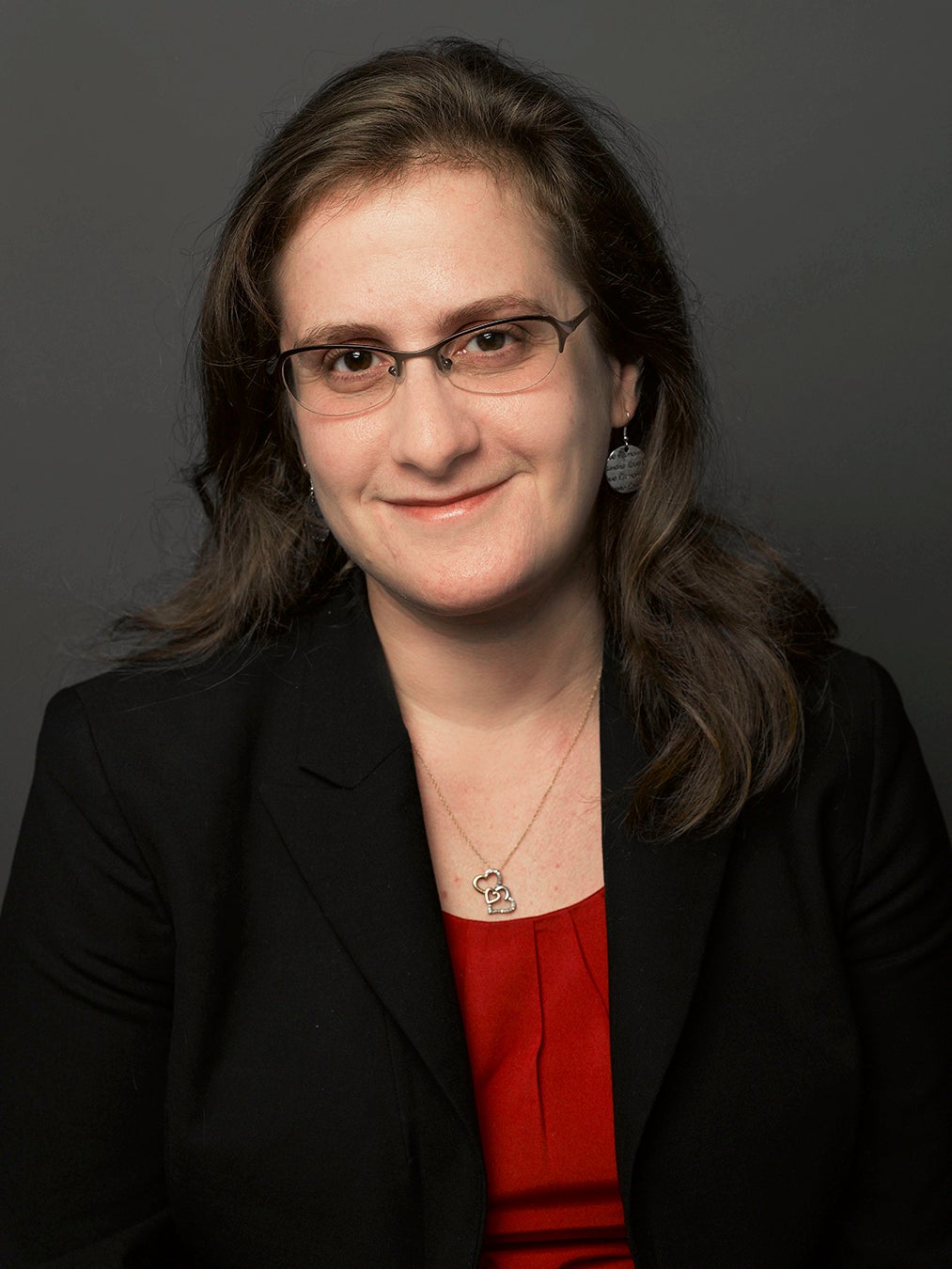 In the last week of December, the New York Public Service Commission issued an Order that signals big changes coming soon to New York’s electric utility landscape. The Commission made it clear that it wants clean energy resources, including on-site, distributed power generation (such as solar PV), energy efficiency and energy load management strategies, to play a central role in how the energy system brings value to customers. In contrast to the peripheral role clean energy resources have played in the past, the Commission is now ready to make them a priority, signaling a willingness to transform the regulatory landscape.
In the last week of December, the New York Public Service Commission issued an Order that signals big changes coming soon to New York’s electric utility landscape. The Commission made it clear that it wants clean energy resources, including on-site, distributed power generation (such as solar PV), energy efficiency and energy load management strategies, to play a central role in how the energy system brings value to customers. In contrast to the peripheral role clean energy resources have played in the past, the Commission is now ready to make them a priority, signaling a willingness to transform the regulatory landscape.
The Order was one of a trilogy arising from three intertwined proceedings, all of which were considered by the Commission on December 19, 2013. One of those three – perhaps the most concrete and immediate – was a proceeding concerning the initial capitalization of New York’s Green Bank, a new entity that aims to advance clean energy funding in New York State. That proceeding addresses a proposal to leverage ratepayer funds and private investment to systematically address market barriers to private financing of distributed generation, energy efficiency and demand management projects, with an ultimate goal of building a clean energy marketplace that can stand on its own. The other related proceedings concerned two New York State programs that draw on the same funding sources that are now being made available for the initial capitalization of the Green Bank: New York’s Renewable Portfolio Standard (RPS) and the Energy Efficiency Portfolio Standard (EEPS).
This Order concerns various proposals to improve and streamline the EEPS programs. Some of these changes are effective immediately, such as the elimination of duplicative reporting requirements. Other, more substantive program modifications – such as the changes to the structure of EEPS and other clean energy programs, as well as the responsibilities of various entities (including the Commission’s Staff, the New York State Energy Research and Development Authority (NYSERDA) and the utilities themselves) – are to be addressed through a new “E2 working group,” which is to be formed by February 1, 2014. This new working group is tasked with “sharing and developing concepts for an optimized E2 portfolio that supports a scale-up of energy efficiency and overall system efficiency,” for a program launch by the end of 2015.
 In addition to these changes, however, the EEPS Order goes much further. It goes so far as to direct a re-examination of the entire regulatory framework within which New York’s utility companies do business. Noting that the “balkanization of various demand-side resources…has slowed or prevented the widespread adoption of some resources and technologies into the regulated and competitive electrical power and services industry, resulting in many lost opportunities,” the Commission articulates a vision with customer value at the center and demand-side resources playing a central role in serving them. The Commission further states that technologies and markets have evolved since the existing clean energy programs were established, and that disruptions from major storms, like Superstorm Sandy, have coincided with increasing dependence on reliable electricity. Even the most well-designed clean energy programs will not succeed as long as an outdated regulatory framework prevents their success. Therefore, the Commission concluded that “the time has arrived for a…comprehensive consideration of how our regulatory paradigm and the retail and wholesale market designs either effectuate or impede progress of our policy objectives underlying these programs.” With a deadline of spring 2014, the Commission has directed its Staff to develop a scope for a proceeding that would pave the way for transforming that paradigm in time for the 2016 round of energy efficiency investments.
In addition to these changes, however, the EEPS Order goes much further. It goes so far as to direct a re-examination of the entire regulatory framework within which New York’s utility companies do business. Noting that the “balkanization of various demand-side resources…has slowed or prevented the widespread adoption of some resources and technologies into the regulated and competitive electrical power and services industry, resulting in many lost opportunities,” the Commission articulates a vision with customer value at the center and demand-side resources playing a central role in serving them. The Commission further states that technologies and markets have evolved since the existing clean energy programs were established, and that disruptions from major storms, like Superstorm Sandy, have coincided with increasing dependence on reliable electricity. Even the most well-designed clean energy programs will not succeed as long as an outdated regulatory framework prevents their success. Therefore, the Commission concluded that “the time has arrived for a…comprehensive consideration of how our regulatory paradigm and the retail and wholesale market designs either effectuate or impede progress of our policy objectives underlying these programs.” With a deadline of spring 2014, the Commission has directed its Staff to develop a scope for a proceeding that would pave the way for transforming that paradigm in time for the 2016 round of energy efficiency investments.
For utility companies, regulatory structure and business model go hand-in-hand. The EEPS Order opens the door to reconsider regulatory fundamentals in New York. It seeks to better harmonize utilities’ entire business model with public policy and open up new sources of value for customers at a time when the utility industry stands at a precipice nationwide. For example, the Edison Electric Institute (EEI), an electric industry association, observed in January 2013 that the threat of disruptive forces, such as new technologies for home energy management systems (HEMS), along with declining sales and end-use efficiency, are presenting unprecedented challenges for the utility industry. EEI further noted that “the utility industry and its stakeholders must be prepared to address these challenges in a way that will benefit customers, long-term economic growth and investors.”
How exactly tomorrow’s regulatory structure – and tomorrow’s utilities – will work is in not yet known. Coupled with the financing innovations that the Green Bank can unleash, the process that the EEPS Order has set in motion will give New York, its customers and its utilities an opportunity to lead the charge in responding proactively to this challenging moment in a way that sets the stage for a cleaner, more resilient and affordable energy future.
One Trackback
[…] EDF: New York PSC Signals Big Changes to Prioritize Clean Energy […]